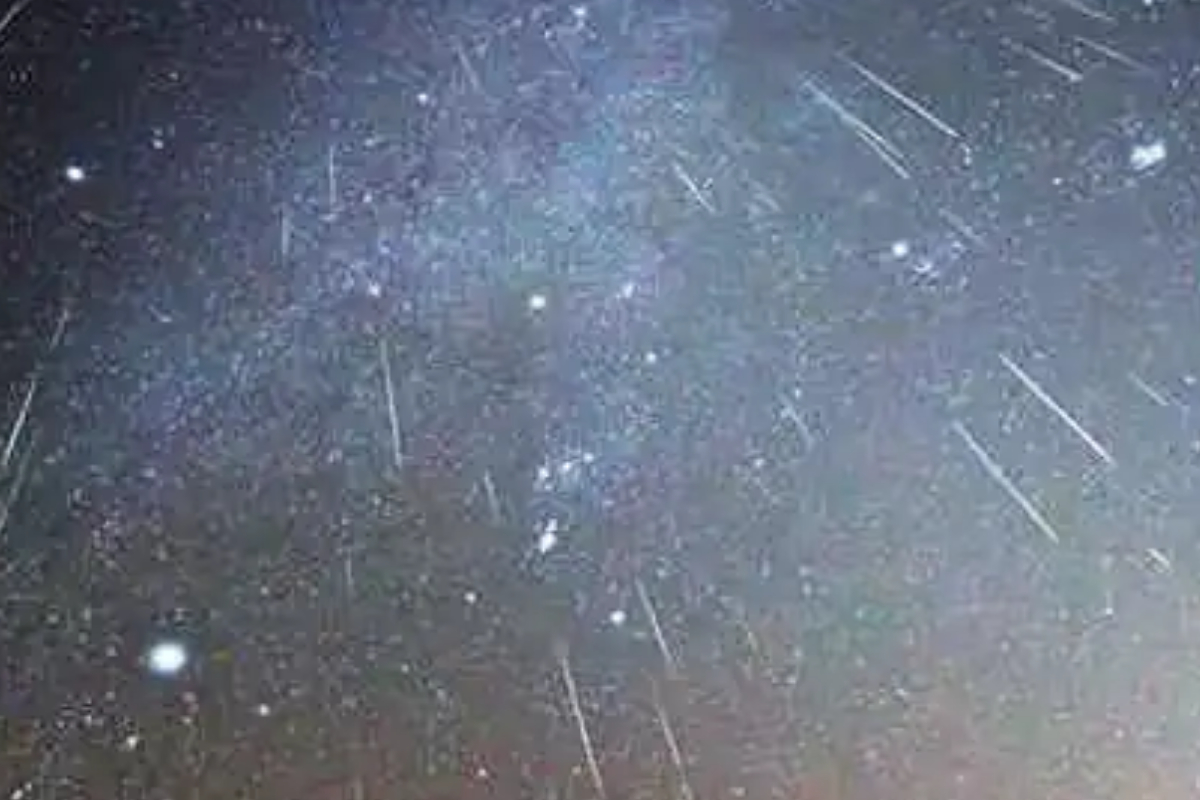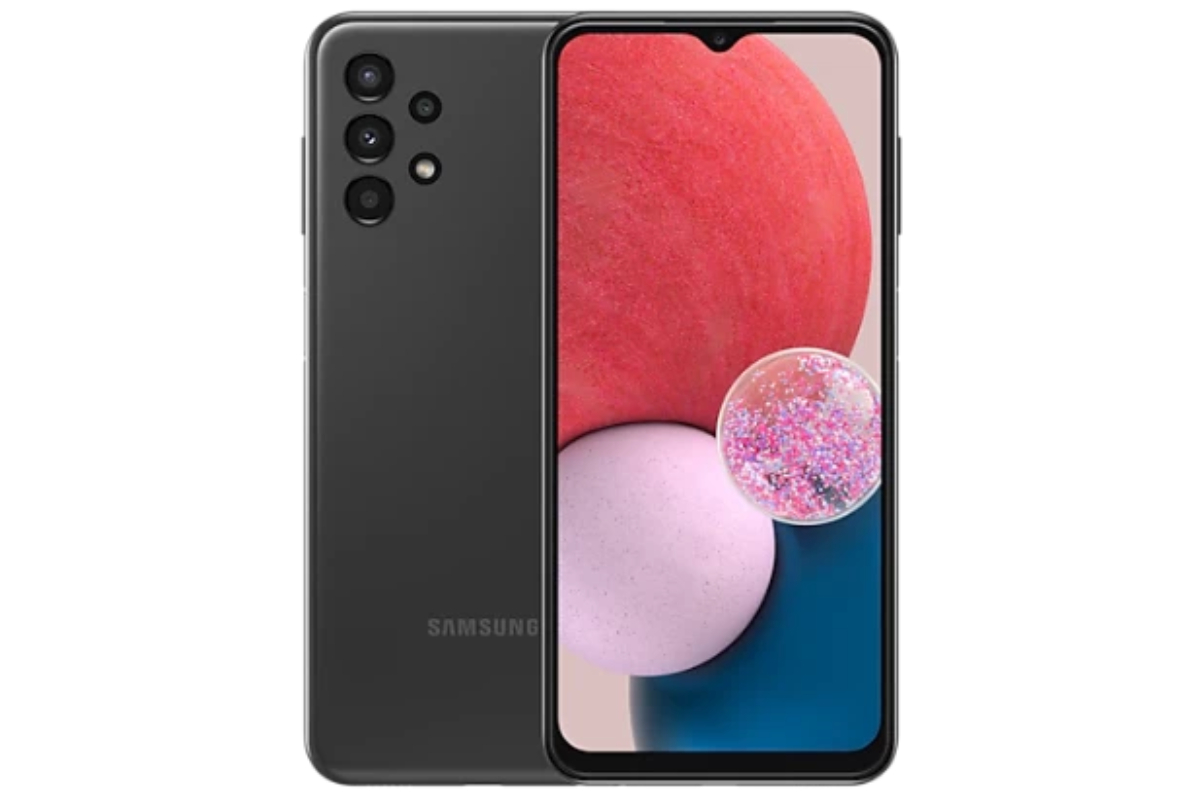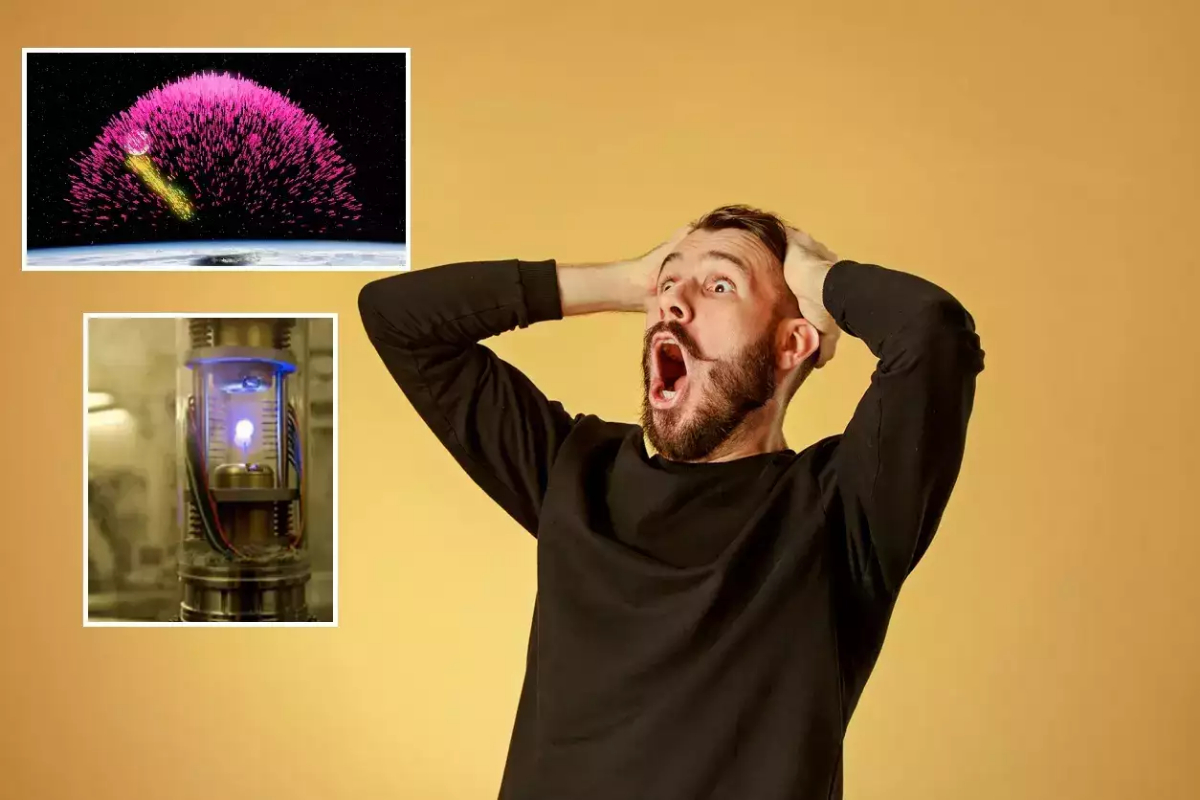As night falls, social media explodes with photos and videos. The Geminids meteor shower, which peaks around mid-December each year, is widely recognised as one of the best and most constant annual meteor showers. According to NASA, it is a unique astronomical phenomenon that can be enjoyed during the night and predawn hours.
The Geminids Meteor Shower, which is expected to produce 120 meteors per hour and will be active from November 19 to December 24, 2022, will peak on December 14th.
Many individuals shared photographs and videos of celestial occurrences on social media. Let’s take a look at some of the top photographs and videos on the internet.
Take a look at night falls
Last night’s Geminids Meteor Shower observed from Siesta Key, Florida! 🌠🏝
Photo sent in by: Craig Sheffield pic.twitter.com/pkIm6YMFCV
— Nash Rhodes (@NashWX) December 14, 2022
Look to the skies! 🌟 It’s time for the #Geminids meteor shower! 🌠 The 2022 showers will peak on the night of Dec. 13 into the morning of Dec. 14, making those hours the best time for viewing.
Happy stargazing!
Credit: Jess Loso (Winnipeg, Manitoba) pic.twitter.com/xAk4XgXFiZ
— Canadian Space Agency (@csa_asc) December 13, 2022
#Geminids meteor shower ☄️
Missed two bright fireballs while I was getting set up and the wind was so strong I had to shield the tripod with my car. pic.twitter.com/cNM3nKjmSq
— Brad Perry (@bradjperry) December 14, 2022
🔴Clear sky:- #Astrophotography
➡#Srinagar city recorded -3.4°C minimum temperature today.
➡Geminids Meteor Shower will peak tonight… pic.twitter.com/NqA2Ral9oV
— Labeeb Gulzar (@LabeebGulzar) December 14, 2022
If you’ve got clear skies, tonight is the peak of the Geminids – the best meteor shower of the year with upwards of 120 meteors per hour. Should be pretty badass! pic.twitter.com/U3D6r6pOED
— Caleb Jordan Schulz (@Based_Jedi) December 14, 2022
Where do meteors come from?
Meteors are formed by leftover comet particles and asteroids, according to NASA. When these objects orbit the sun, they leave a dusty trail in their wake. Every year, the Earth travels through these debris trails, allowing the particles to impact our atmosphere and disintegrate, resulting in blazing and colourful streaks in the sky.
[embedpost slug=”bride-slaps-groom-after-he-makes-her-eat-mithai-viral-video/”]




























